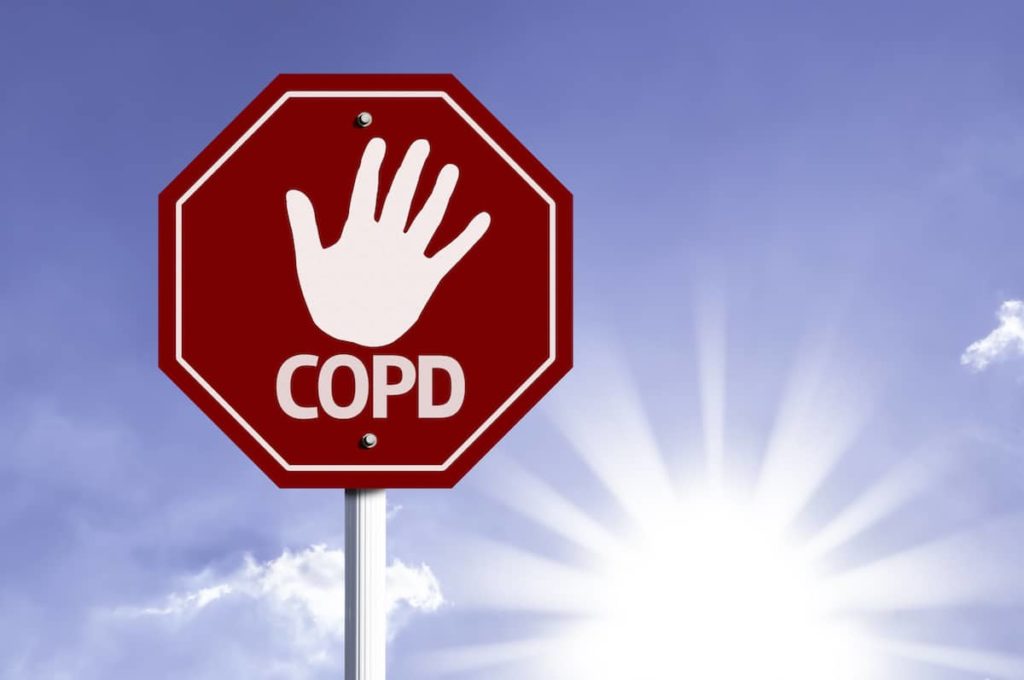Chronic Obstructive Pulmonary Disease (COPD) is the third leading cause of death in the United States.
The chronic inflammatory lung disease causes airflow from the lungs to become obstructed and symptoms vary from shortness of breath, coughing and decline in activity level.
November is National COPD Awareness Month. While this is a time to bring awareness to a disease that causes serious complications if not treated, it’s also an opportunity to educate the public on risk factors and how to manage symptoms all year round.
“COPD is irreversible so we work on treating symptoms when someone is diagnosed,” said Melinda Klug, DNP-AGACNP, pulmonary and critical care nurse practitioner at Summit Healthcare in Show Low.
Some COPD risk factors include smoking, exposure to chemicals at work or in the community and a genetic condition called Alpha-1 Antitrypsin Deficiency.
“Basically, it’s a big, fancy word stating there are genetically predisposed people out there who have lungs that do not make enough protective proteins called Alpha-1 to protect their lungs from basic exposures,” Klug said.
One way to help residents living with COPD in Show Low and surrounding areas in the White Mountains of Arizona is the hospital’s cardiopulmonary rehabilitation programs.
“What we have found is patients who engage in pulmonary rehabilitation actually have less hospitalizations than those who are not offered the program,” Klug said.
The program requires a health care provider’s referral and the results of a Pulmonary Function Test showing a person is demonstrating signs of COPD because of low air flow and obstructed airway patterns.
“In addition, Pulmonary Function Testing can tell us how their lung tissues are actually functioning when they bring in oxygen and move out carbon dioxide,” Klug said.
The next step is for patients to work with nurses and respiratory therapists to treat their COPD during an eight-week period where they monitor exercise, offer dietary classes, and show them how to use oxygen, if needed, and inhalers.
“We can initiate inhalers that can be used either for emergency or shortness of breath and we can also initiate inhalers that can be used on a daily or twice-a-day basis that can help decrease obstruction in the airways,” Klug said.
If someone does not treat their COPD symptoms, Klug said they’re at a higher risk of getting the flu, pneumonia and upper respiratory infections that lead to hospitalizations.
“Patients who are educated early and understand their disease process feel empowered,” Klug said. “They know they have to do their treatments and if they’re going to pulmonary rehabilitation and they see the benefit of that, those are the patients you really get to see a true increase in their quality of life.
“They come in for that next visit, three or six months later, and they say, ‘Wow, I’m much less short of breath and feel so much better,’” Klug continued.
While a diagnosis of COPD may seem like the end of the world, Klug said it doesn’t have to be.
“I think [it’s important] for people to understand that [COPD] is not reversible and you have to treat the symptoms, [stay consistent] and the other part is it’s preventable by simply protecting your lungs,” Klug said.
For more information about the pulmonary rehabilitation program visit www.summithealthcare.net or call 1-928-537-9944.

